 |
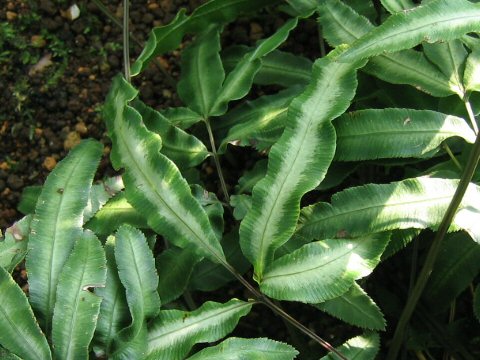

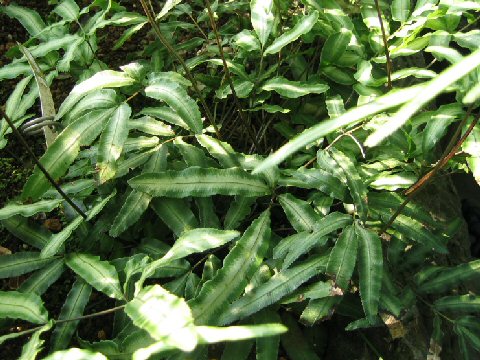

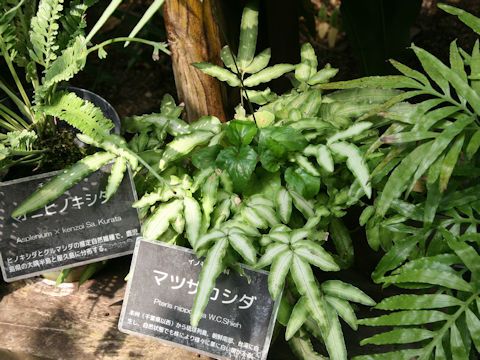

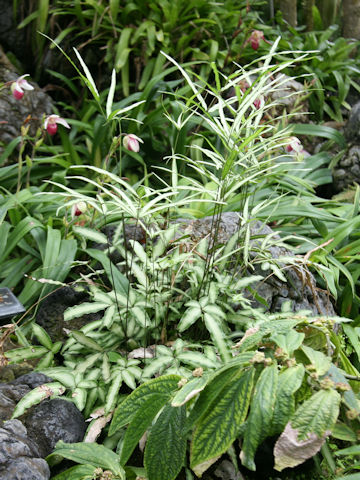

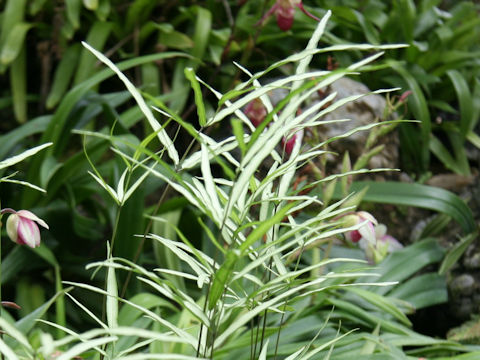

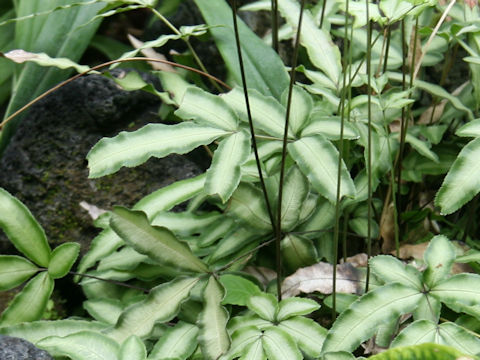

|

|
íªÌ{BAçt§È¼©çlAãBAì¼»êÉäpɪzµÄ¢Ü·BRnÌѰɶ¦Ü·BªsÍnÊð¢At𩶵ܷBtÍPHó¡tÅAPÂ̸HÐÆP`QÎ̤HЪ èÜ·BÓ¤ÍtÌå¬ÉÁÄ¢ÁªÍ¢èÜ·BtÌÉ\[XiEqXQjªÂ«Ü·BäpØêÅÍuú{PönvÆÄÎêÜ·B
|

|
Cmg\EÈCmg\E®ÌíÎV_ÞÅAw¼Í Pteris nipponicaBp¼Í èܹñB
|

|
The "Matsuzaka-shida" (Pteris nipponica) belongs to the family Pteridaceae. It is an evergreen fern that is distributed from Chiba Prefecture of Honshu westward to Shikoku, Kyushu, and the Nansei Islands in Japan, as well as Taiwan. It grows on the forest floor in mountainous areas. The rhizomes crawl on the ground and the leaves grow in bunches. The leaves are single pinnate compound with one terminal pinna and one or two pairs of lateral pinnae. The leaves usually have white patches along the main veins. The leaf margins are covered with sori. In Taiwanese Chinese, it is called "ú{Pön".
|

|
[ãEP] ¤m§¼Ã®sçíæuRA¨vÉÄA2004N0110úBeB
[Q`SEº] xRsw¬uxR§A¨vÉÄA2025N0321úBeB
|







